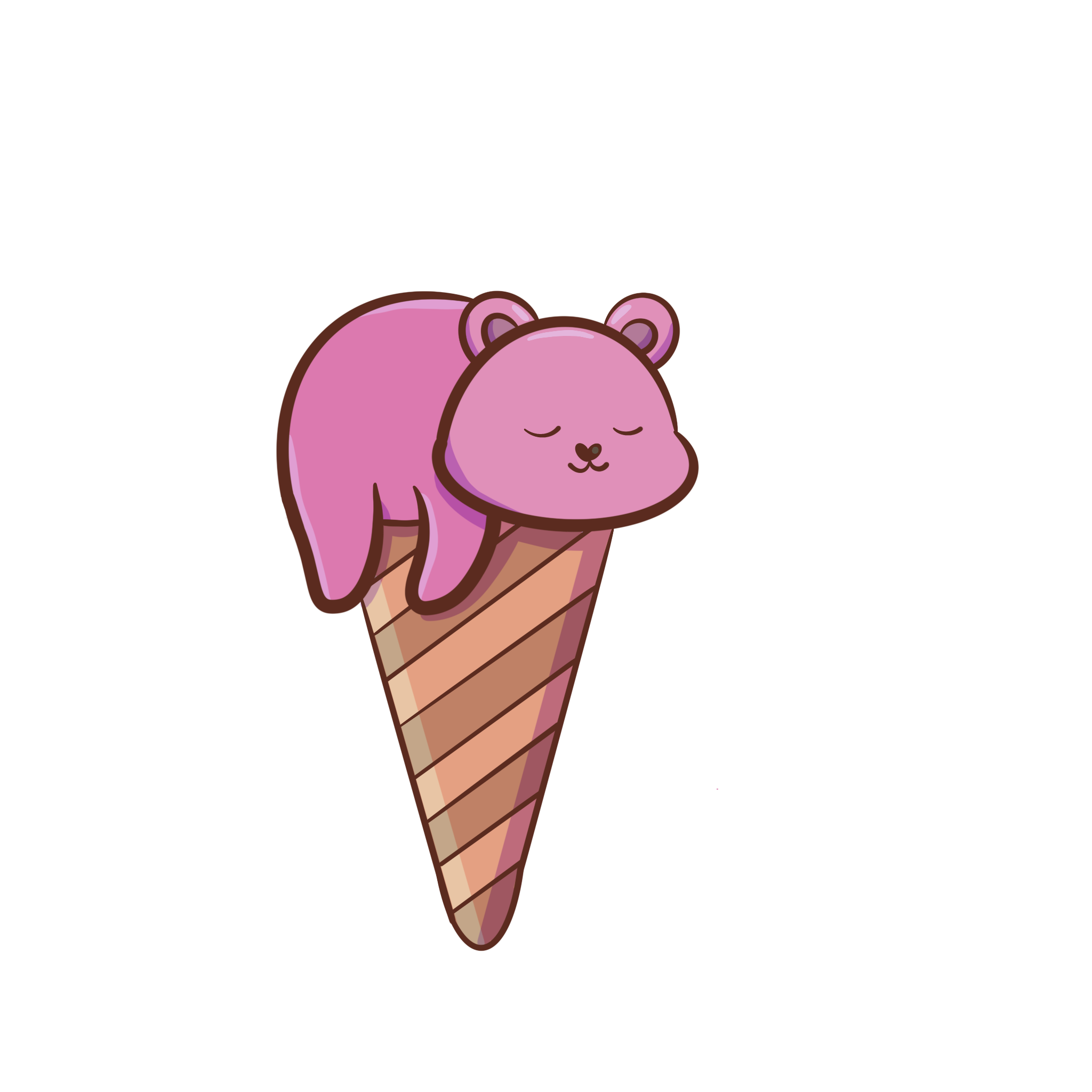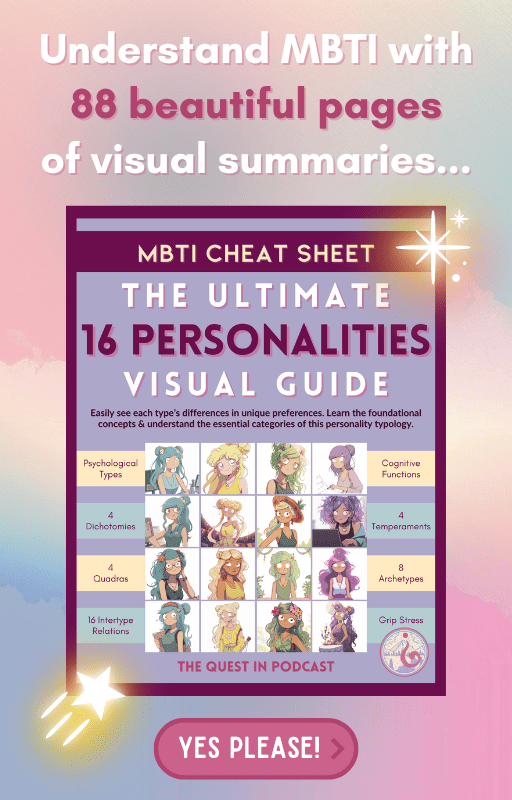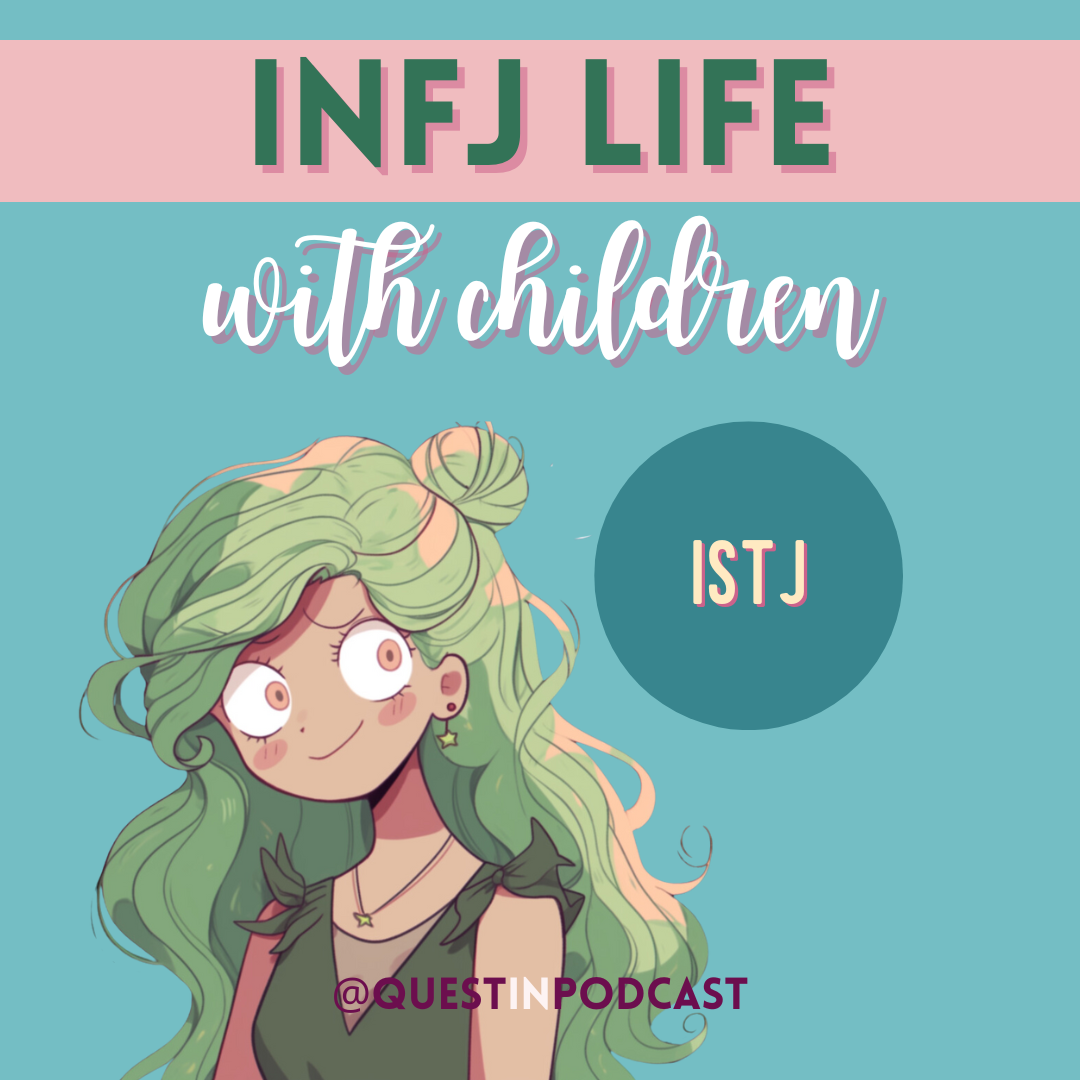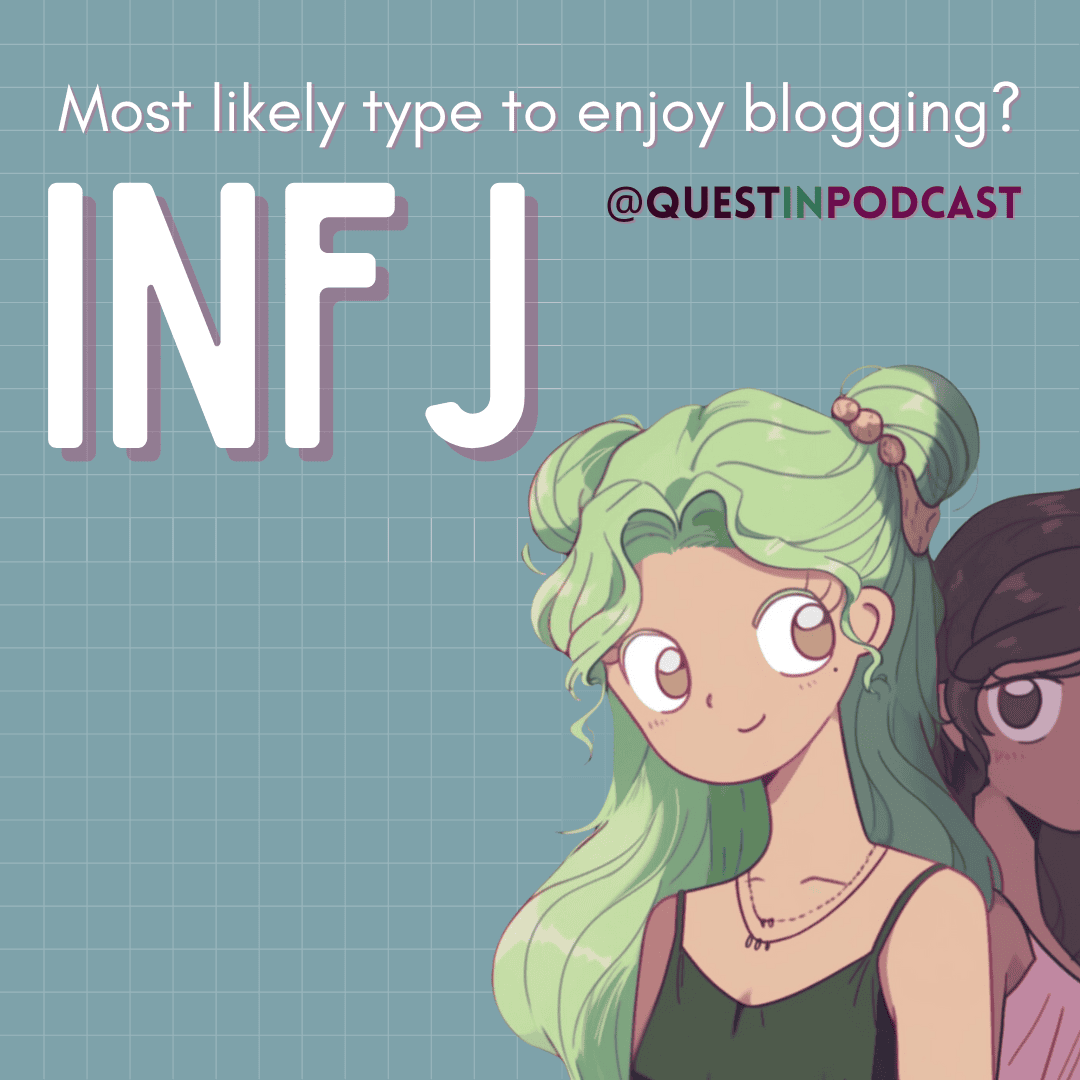
Keirsey Rationals: INTJ + ENTJ + INTP + ENTP
Who are the Rational Temperament Personality Types?
According to Plato, the Rationals of society serve to: study nature + figure out ways to tame it. These personality types help to make the nature order congruent within social order — to civilize Nature. These types are logical, contemplative, & unusually focused to investigate complexities.

Their words are often more abstract rather than concrete, while tool choices prioritize usefulness (utilitarian) rather than cooperative.
The 4 Temperaments
David Keirsey developed the Keirsey temperaments, which categorizes four temperaments. The other temperaments + personality types for each temperament are:
- Guardians (SJ) = ISFJ, ISTJ, ESFJ, ESTJ
- Artisans (SP) = ISFP, ISTP, ESFP, ESFP
- Idealists (NF) = INFJ, INFP, ENFJ, ENFP
- Rationals (NT) = INTJ, INTP, ENTJ, ENTP
The 4 Rationals in Myers Briggs Type Indicator (MBTI)

Estimated Percentages of Rationals in the General Population
From least common to most common Rational personality types in Myers-Briggs:
- ENTJ (Extraverted, Intuitive, Thinking, Judging): Approximately 1.8% of the population.
- INTJ (Introverted, Intuitive, Thinking, Judging): Approximately 2.1% of the population.
- ENTP (Extraverted, Intuitive, Thinking, Perceiving): Approximately 3.2% of the population.
- INTP (Introverted, Intuitive, Thinking, Perceiving): Approximately 3.3% of the population.
Overall, the Rational temperament includes some of the rarest types in MBTI. The 4 Rationals make up the smallest percentage group of the 16 personality types.
What is a Personality Temperament?
Temperaments are recognizable common patterns amongst groups of people. For at least the last 25 centuries, observers of human behavior have identified four common distinctions historically in the world.
Hippocrates in 450 BC named these four temperaments to be choleric, phlegmatic, melancholic, and sanguine.
- “Choleric” = Idealist Temperament
- “Phlegmatic” = Analyst Temperament (also referred to as the Rational temperament by David Keirsey)
- “Melancholic” = Guardian Temperament
- “Sanguine” = Artisan Temperament
Temperament is innate, constant, and drives behavior…
A temperament pattern will influence the skills that a person is naturally drawn towards developing, showing which talents develop more easily. This pattern governs growth through distinct themes of specific needs and core values. People are energized when their core needs are met and experience truly high functioning as a result.






